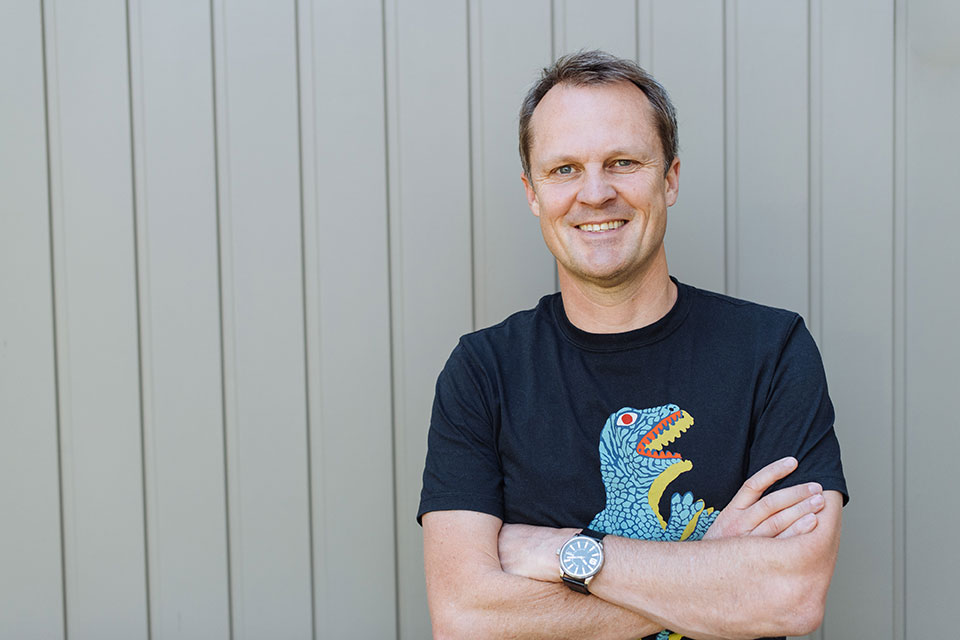Six tips for building a culture of innovation

Innovation will be a key driver of growth for organisations and the economy as we look to come out of the pandemic. As we look to 2021 as an opportunity for a fresh start how can we reset our organisations’ and teams’ cultures to be more innovative? Here are 6 key ingredients for setting your organisation and teams up for innovation success.
- Start with why
Innovative organisations have an inspiring purpose that unites their people and teams. An engaging and well-understood purpose is infinitely more motivating to people than mere financial numbers alone. No one innovates for a number. A clear and inspiring purpose gives teams this motivation and unleashes people to do their best work.At Google, the free food, free gym and dry cleaning service are all very important to its culture, but it is believing in Google’s purpose that really retains people – ‘join us on this crazy idea of organizing the world’s information!’
Disneyland is another great example of where their purpose, “bringing happiness to families”, inspires and gives direction to innovation. Even queuing for your next ride or attraction at Disneyland has been made entertaining by teams innovating the end-to-end customer experience.
- A focused strategy
Organisations that are successful at innovation have a clear innovation strategy that is linked to the organisation’s overall strategy and goals.The innovation strategy provides direction for teams’ innovation efforts by charting clear areas of focus (opportunity areas) where the organisation wants to innovate and grow. It also outlines what level of innovation ambition they are seeking – from incremental, evolutionary through to revolutionary. Great organisations will build a sustainable approach to innovation where they run a mixed portfolio of innovation projects across ambition levels and time horizons.
Air New Zealand’s innovation strategy over the last decade has seen it deliver on its purpose of “inspiring great journeys” by focusing on winning at check-in, lounges and the in-flight customer experience. Resulting in innovations like its award winning safety videos and economy class Sky Couch, also aptly named cuddle class. The Sky Couch not only increased customer satisfaction it also increased the propensity of young families to travel long haul.
- Rigorous and easy to use processes, tools and systems
Innovative organisations have rigorous, yet simple to use frameworks and methods for making innovation happen. These processes help manage the flow of ideas from conception to launch.The best processes are customer-centric – with specific stages that focus in on the customer as well as keeping the customer at the heart of the innovation throughout the journey. They also take the guesswork out of business cases and de-risk ventures by applying an experimentation method to innovation. These processes are also agile allowing flexibility at all stages and are value adding rather than acting as straightjackets that add layers of bureaucracy.
For example, a team might use different processes to match the different levels of innovation ambition like 5-day sprints for incremental innovation and 12-week accelerators for revolutionary innovation.
- Accessible resources and funding
Ambition only goes so far and there is nothing more demoralising for teams than investing time and effort into generating innovative ideas only for the organisation then to do nothing with them.Successful innovative organisations directly match their innovation ambition with the right level of resourcing and funding. Resources are allocated to each innovation project across the portfolio even if this means sequencing and prioritising projects until more resources are available.
Adobe is known for giving every staff member access to $1,000 of funding and no questions asked to bring their innovative ideas to life. Subsequent levels are available to develop successful concepts through to launch. And global consumer goods giant Unilever adopts a stage-gate process to innovation whereby projects are pitched at gate meetings to receive the next level of funding.
- Enabling structures, people and space
Innovative organisations design their structures, work spaces and teams to deliver on their purpose and innovation strategy. They have tailored spaces and teams that focus on the generation of new concepts across the different levels of ambition and the same for developing and commercialising these concepts, but always working together in a collaborative and cross-functional approach. This can also include collaborating with organisations and startups outside of the firm. For example, Specialized Bicycles collaborated with McLaren Racing on technology, labs (wind tunnels) and intellectual property to unlock performance, speed and aerodynamic gains in its line of racing bicycles. - Leadership
Innovative organisations have leaders who own and champion innovation. They unite everyone to a common purpose, give permission, support and resource to projects and role model innovation behaviours like customer centricity, creativity, collaboration and prototyping and testing. They celebrate and share their teams’ hard fought wins and humbling failures.Microsoft CEO, Satya Nadella, is an example of a leader who champions innovation behaviours like empathy as a key source for innovation: “empathy is a wellspring for innovation, since innovation comes from one’s ability to grasp customers’ unmet, unarticulated needs.”
There are no shortcuts to building a more innovative culture, but there are common success factors. To build an innovative culture requires the purposeful development and integration of customer-centricity, design and innovation into all aspects of your team or organisation.
Commentary by Nathan Baird.
Bring the best of the CEOWORLD magazine's global journalism to audiences in the United States and around the world. - Add CEOWORLD magazine to your Google News feed.
Follow CEOWORLD magazine headlines on: Google News, LinkedIn, Twitter, and Facebook.
Copyright 2025 The CEOWORLD magazine. All rights reserved. This material (and any extract from it) must not be copied, redistributed or placed on any website, without CEOWORLD magazine' prior written consent. For media queries, please contact: info@ceoworld.biz








